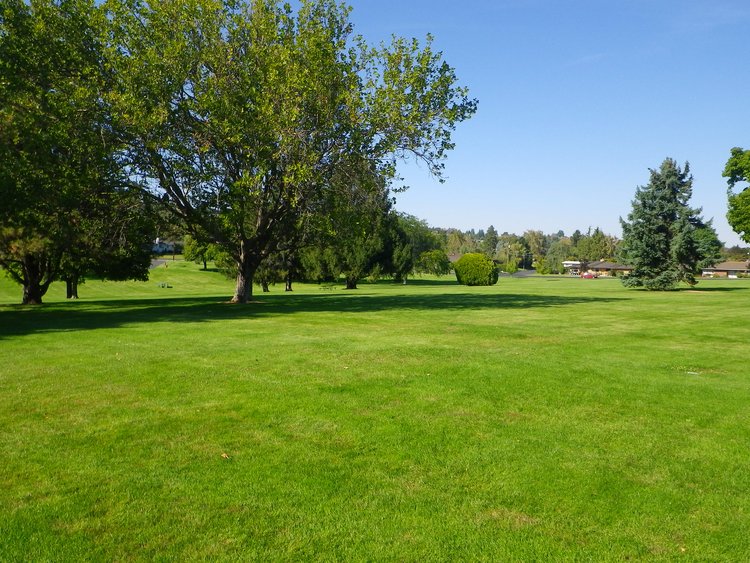The park cool effect describes how temperatures can be significantly lower in and around green spaces, such as parks, due to the cooling benefits of trees and plants, demonstrating how vegetation can help reduce heat in cities. This cooling effect is important for sustainability because it not only improves air quality and reduces health risks associated with high temperatures but also enhance ecosystem resilience and improves overall urban biodiversity. Additionally, parks can offer social benefits, such as promoting outdoor activities and community cohesion, which contribute to the well-being of residents. By fostering the creation and maintenance of green spaces, cities can mitigate the UHI effect while enhancing the quality of urban life and supporting a more sustainable and interconnected community. Cities can effectively counteract the UHI effect, leading to more comfortable living conditions and promoting a healthier, more sustainable urban environment for residents and visitors.
Public Health and Wellbeing
Integrating vegetation into urban areas can significantly enhance the health and well-being of both residents and visitors. Access to green, well vegetated spaces, has been linked to reduced stress levels, improved mental health, and increased physical activity, as these environments encourage outdoor recreation and social interaction. Even small amounts of vegetation can improve air quality by filtering pollutants and producing oxygen, contributing to respiratory health. The presence of greenery is known to foster a sense of community and belonging, creating inviting spaces for people to gather and connect. The effect that vegetation has on mitigating urban heat effects, promotes a more comfortable climate for all.
Overall, the incorporation of nature into urban settings not only beautifies the environment but also plays a crucial role in enhancing the physical, mental, and social well-being of its inhabitants and visitors alike.

